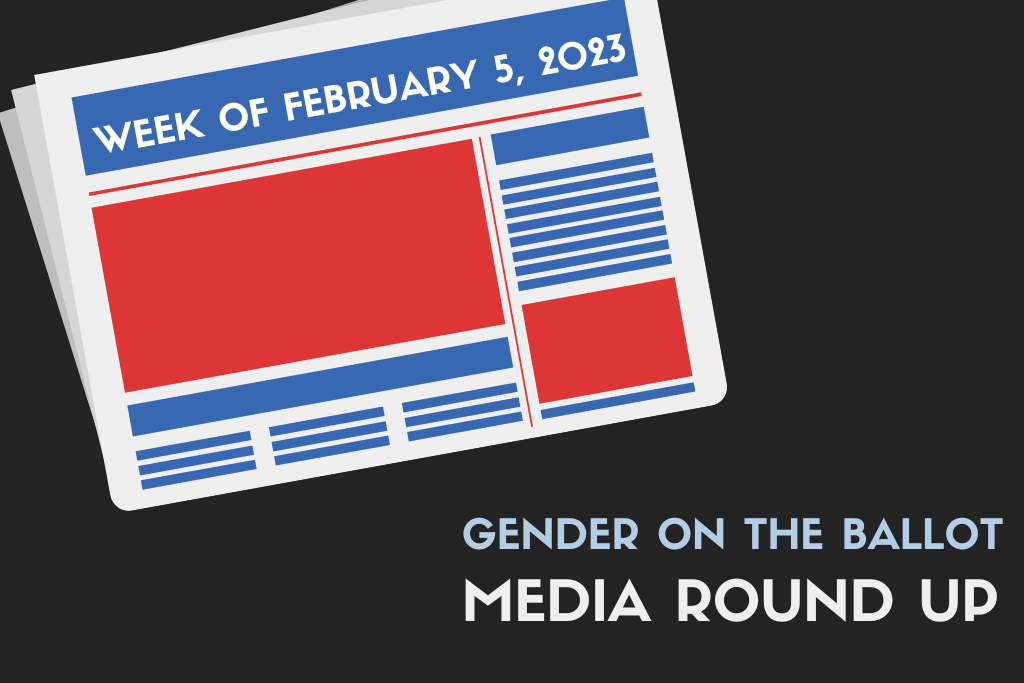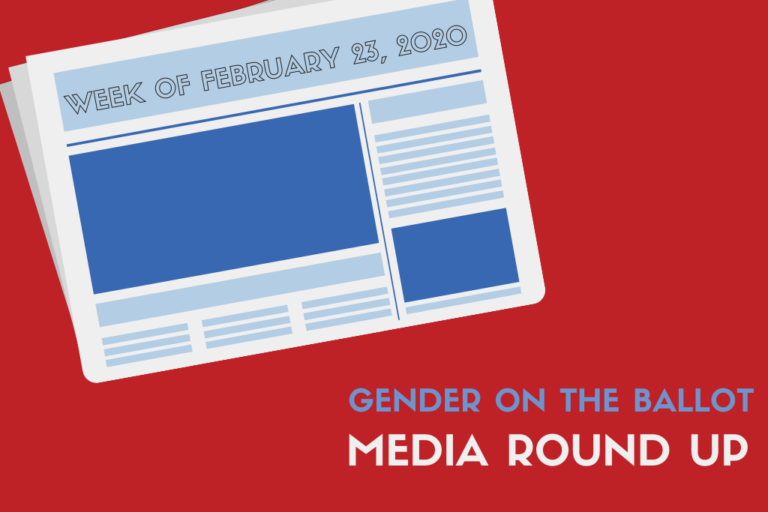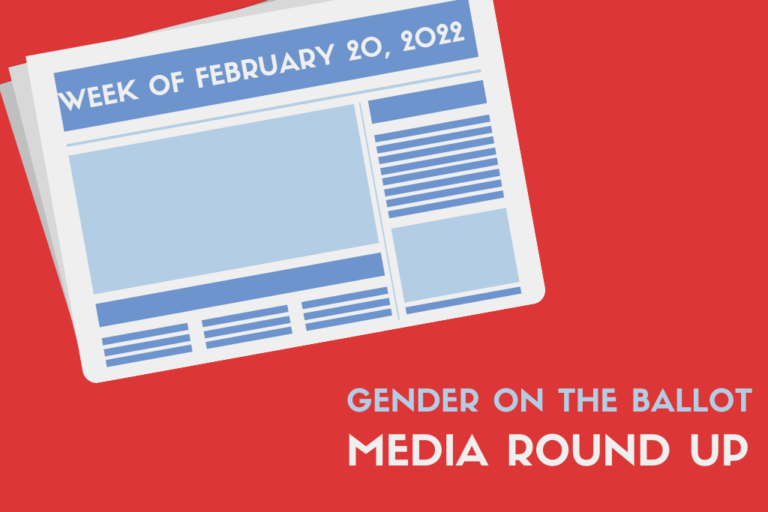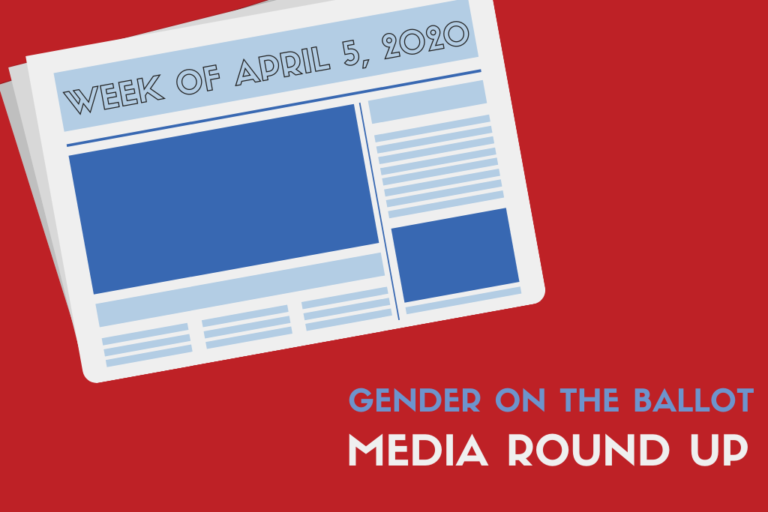Happy Friday! Welcome to our Media Round Up. Each week we’re collecting and sharing our…
Media Round-Up: Week of February 5th

Happy Friday! Welcome to our Media Round Up. Each week we’re collecting and sharing our favorite gender and politics stories. Here’s what caught our eye this week:
State of the Union? Congress doesn’t fully reflect diversity
Lisa Mascaro, AP
The House Republican majority has increasingly added Black, Latino, and women elected officials to their ranks. Despite this increase in representation, there is still slow and unsteady progress toward creating a Congress that more accurately represents the American people. This unsteady progress also reflects a stark gap on the House Republican side, where the party’s new majority still remains made up of mostly white, male lawmakers.
Read the full story here.
Why Jill Biden Made a Special Appearance on the Grammys Stage
Virginia Chamlee, People Magazine
First Lady Jill Biden appeared at the 65th Grammy Awards on Sunday night to recognize “a song that responds to the social issues of our time and has the potential for positive global impact.” “Baraye,” written by Iranian singer and songwriter Shervin Hajipour, won an award in the newest Grammy category: Best Song for Social Change. “Baraye” became the unofficial protest anthem of Iran following the death of a 22-year-old woman in police custody. When Dr. Biden presented the award for “Song of the Year,” she called Hajipur’s song “powerful and poetic call for freedom and women’s rights.”
Read the full story here.
‘Black women, Brooklynites, daughters of immigrants’ – Shirley Chisholm’s enduring impact on NY lawmakers
Shantel Destra, City & State New York
Former Representative Shirley Chisholm made a lasting impact on New York lawmakers. Chisholm is known as a political trailblazer who shattered glass ceilings. Chisholm made history in 1968 by becoming the first Black woman elected to Congress, spending seven terms representing the Bedford-Stuyvesant neighborhood of New York City. Chisholm also assisted in the creation of the Special Supplemental Nutrition Program for Women, Infants and Children (WIC) and was a founding member of the Congressional Black Caucus. Chisholm launched her historical presidential run in 1972, making her the first Black woman to campaign for the presidential nomination of a party.
Read the full story here.
Women’s History Month colors: The history and meaning behind purple, green and white
Perri Ormont Bumberg, Today
Every March, the U.S. and other places celebrate the contributions women have made in society with Women’s History Month. The origins of Women’s History Month date back to 1978 when a group of women in Santa Rosa, California established Women’s History Week. President Jimmy Carter nationally recognized the Week of March 8th, 1980 as National Women’s History Week, which was observed until 1987, and then Congress designated March as Women’s History Month. The colors for women’s history month are purple, green, and white to symbolize the women who paved the way for today’s society. Each one has a deep meaning.
Read the full story here.
Biden said 107 words on abortion and LGBTQ+ issues in the State of the Union. Here’s why that matters.
Mariel Padilla and Jasmine Mithani, The 19th*
In his nearly 7,300-word speech for the State of the Union, President Biden used 72 and 35 words on abortion and LGBTQ+ rights, respectively. By comparison, in 2022’s State of the Union, Biden used 37 words when addressing abortion access. This year, Biden urged Congress to codify Roe v. Wade when he called on Congress to restore “every woman’s constitutional right to choose.” Biden is the second president to publicly express support for abortion during a State of the Union, President Obama being the first in 2015.
Read the full story here.






